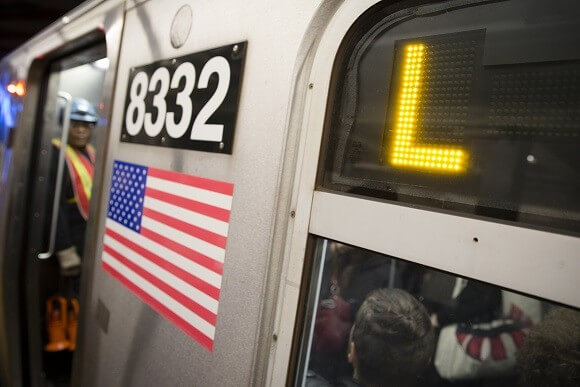Cuomo Announces Cancellation of L Train Shutdown

AP file photo/John Minchillo
Governor Andrew Cuomo surprised New York City straphangers during a press conference on Thurs., Jan. 3 by announcing that the long-planned 15-month shutdown of the L train subway service slated to begin on Sat., Apr. 27 due to the damage its two tunnels sustained in 2012 during Superstorm Sandy, will not happen as originally planned.
Instead, new tunnel construction technology — which was proposed by Columbia and Cornell Universities’ engineering departments — will be used, eliminating the need for a full closure — something Cuomo called “a major breakthrough.”
The method has never been used in the United States, but has, Cuomo said, “been implemented in Europe,” though it “has never been used in a tunnel restoration project.”